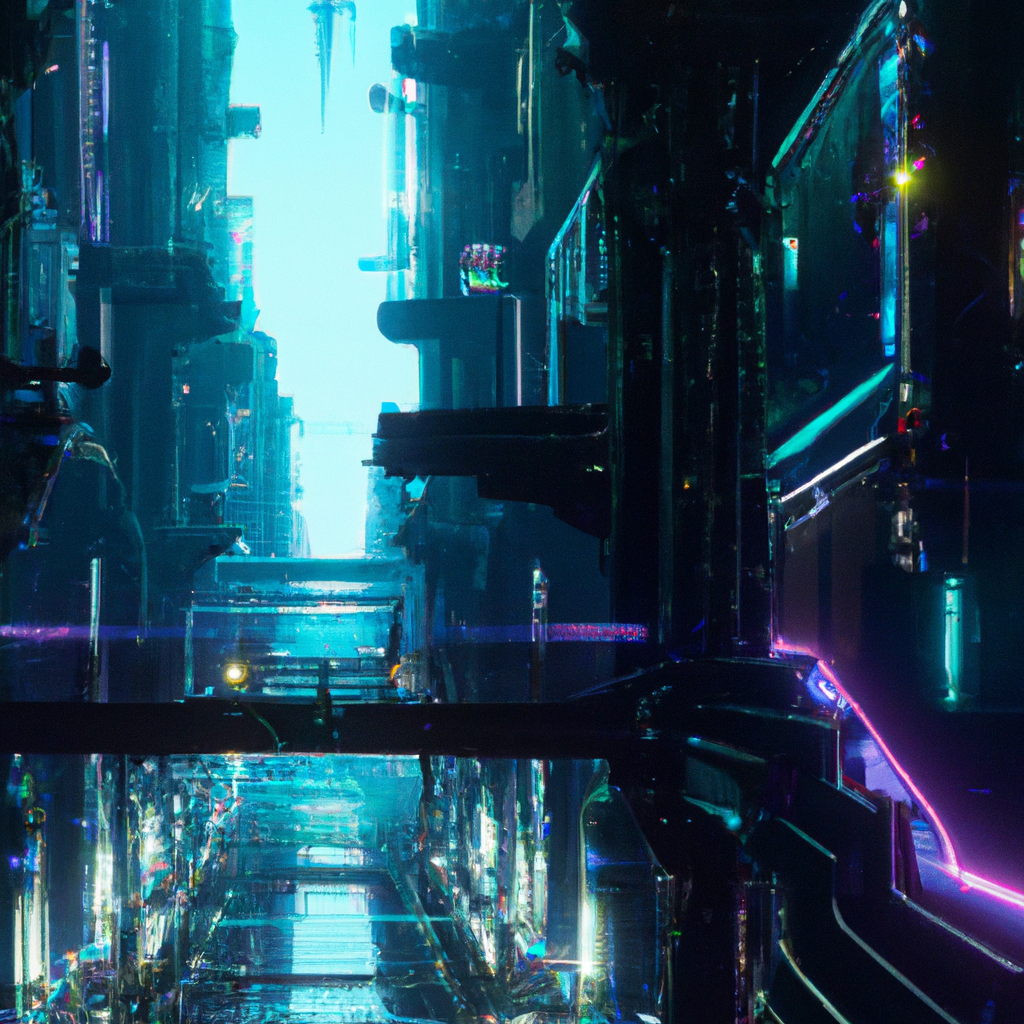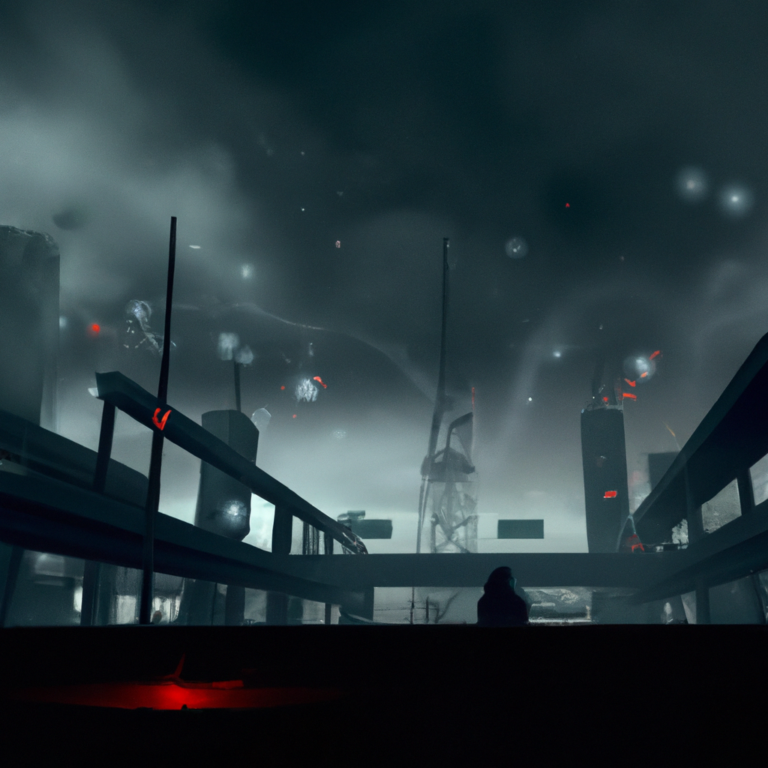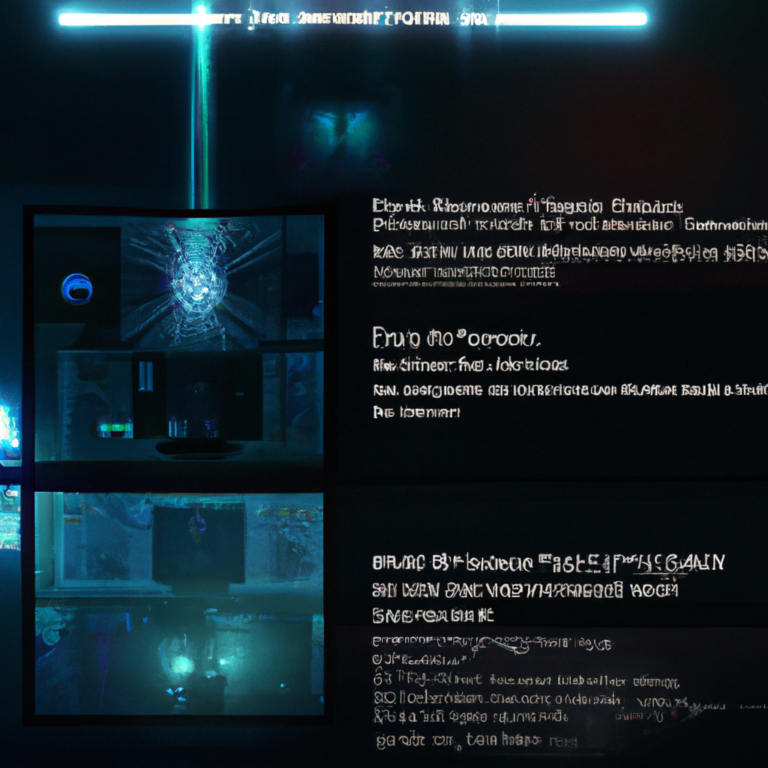“Level Up: Exploring the Future of Game Development with Generative Adversarial Networks (GANs)”
In recent years, the gaming industry has experienced a significant revolution with the integration of advanced technologies such as virtual reality, augmented reality, and artificial intelligence. As a result, we’ve seen a host of new and innovative gaming experiences that captivate players and redefine the gaming landscape. One such technological advancement, which holds immense promise for the future of game development, is the use of Generative Adversarial Networks (GANs) – a groundbreaking machine learning concept.
GANs, introduced by Ian Goodfellow in 2014, consist of two neural networks – a generator and a discriminator – that work together to generate new, previously non-existent, and realistic data. The generator creates new data samples, while the discriminator evaluates the authenticity of these samples. This process continues iteratively until the newly generated data is virtually indistinguishable from the original data source.
So, how can this cutting-edge technology transform the future of game development? Let’s dive into a few potential applications of GANs in gaming:
1. Procedural Content Generation
One of the most promising applications of GANs in game development is procedural content generation (PCG). PCG techniques, which have been around for several years, involve the creation of game elements – such as levels, maps, characters, and textures – algorithmically rather than requiring human input. GANs can significantly enhance PCG by providing more realistic and diverse content.
For example, GANs can generate high-quality textures, landscapes, and 3D models that could be used in games. They can also generate entire game levels with realistic and immersive environments, reducing the need for manual level design and making the game development process more efficient.
2. Personalized Gaming Experiences
Modern gamers expect experiences tailored to their preferences and playstyles, and GANs could play a vital role in meeting these demands. By analyzing player behavior, GANs can create personalized content – such as customized levels, characters, or even game genres – that appeal to individual players. This level of personalization can lead to a more engaging gaming experience, increasing player retention and satisfaction.
3. Dynamic and Adaptive Game Difficulty
Another exciting application of GANs in gaming is their potential to drive dynamic and adaptive game difficulty. By analyzing player performance and generating new content accordingly, GANs can maintain the optimal level of challenge for each player. This ensures that the game remains engaging and satisfying for both novice and experienced players, without the need for manual difficulty adjustment.
4. Enhanced AI NPCs and Game World
GANs can also improve the AI of non-player characters (NPCs) and the game world itself. By generating more realistic and human-like behaviors for NPCs, GANs can create more immersive and believable game worlds. Furthermore, GANs could enable the development of game worlds that adapt and evolve over time, based on player actions and choices, creating a truly dynamic and interactive gaming experience.
5. Cost and Time Reduction in Game Development
The integration of GANs into game development pipelines can result in significant cost and time reductions. By automating the generation of various game elements and reducing manual input, GANs can streamline the development process, allowing studios to produce high-quality games in a shorter time frame and with reduced overheads.
In conclusion, the application of Generative Adversarial Networks (GANs) in game development has the potential to revolutionize the gaming industry. With the ability to generate realistic and diverse content, provide personalized gaming experiences, and streamline the development process, GANs are poised to become an indispensable tool for game developers in the coming years. As research and development in this field continue to advance, we can expect to see more innovative and immersive gaming experiences, powered by GANs, hitting the market.





